My mother, (age 66), my self (42,) and my daughter (18) all went snorkeling together we had an awesome time. The guides were funny and had a lot of information. They...
In September 13, 2024When we think of the Mexican Caribbean, it’s easy to picture white sandy beaches, crystal-clear waters, and palm trees swaying in the breeze. However, this tropical paradise hides underwater secrets that go beyond its surface beauty: "ojos de agua" or water eyes. These natural wonders have fascinated both scientists and tourists with their origin, mesmerizing appearance, and the biodiversity they hold.
In this blog, we’ll explore why water eyes form in the sea, where to find them in Cancún, and what natural mysteries lie within them, from tropical fish to unique geological formations.
A "water eye" is a natural spring of freshwater that comes from underground. These springs can be found on solid ground, in freshwater bodies like lagoons, or even at the bottom of the sea. In coastal areas like the Yucatán Peninsula, these water eyes emerge through rocky formations connected to underground rivers and cenotes.
At first glance, a water eye in the sea might look like a simple darker patch or an area where the water gently bubbles, but beneath this calm appearance lies a highly active and complex hydrogeological system.
The formation of water eyes in the sea is directly related to the geology of the terrain and the dynamics of underground water. In the case of the Yucatán Peninsula, the ground is mainly made up of porous limestone rock, which allows rainwater to easily seep in and form underground rivers.
Over time, these rivers seek an outlet and in certain spots emerge to the surface—either on land (as cenotes) or directly into the sea. When this happens, what we call a submarine water eye is formed.
Some of the reasons why these occur include:
The result is a hypnotic phenomenon: freshwater (which is less dense than saltwater) slowly mixes with the sea, creating a visual effect that looks like a "stain" or an area of different coloration.
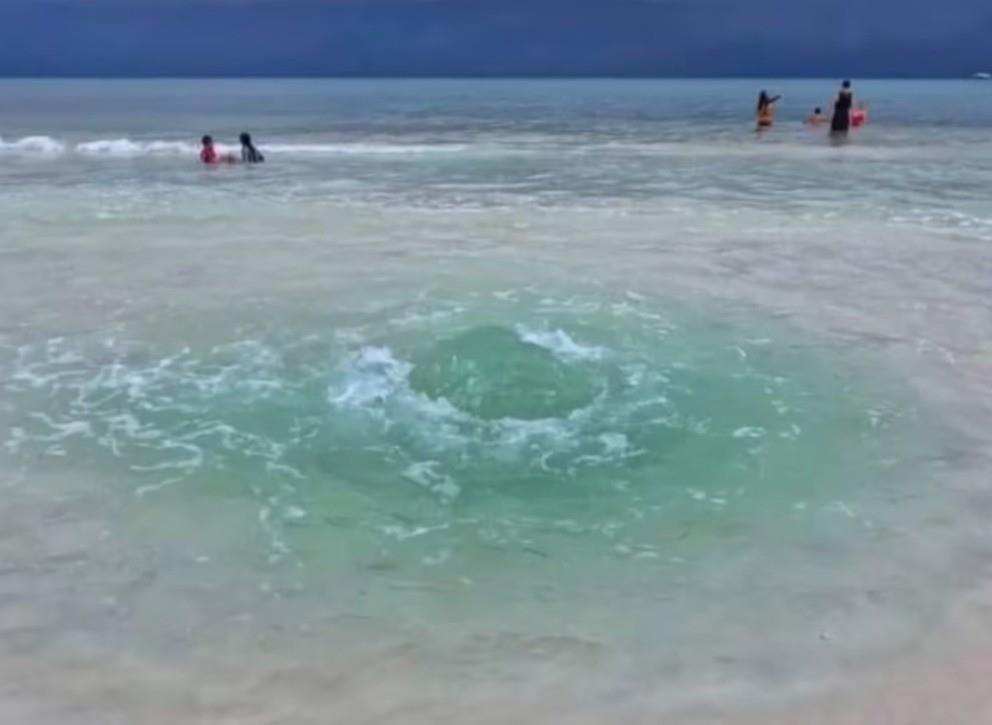
The Riviera Maya region is famous for its underground river networks and cenotes, so it’s no surprise that it also hosts many submarine water eyes. While many are not easily visible without diving equipment, there are several places where they can be observed—or even explored—with snorkeling.
Located between Playa del Carmen and Tulum, Akumal is a popular spot for its beauty and sea turtle sightings. Under its calm waters, several water eyes emerge into the sea. Divers often report sudden changes in temperature and visibility, which are classic signs of freshwater currents surfacing.
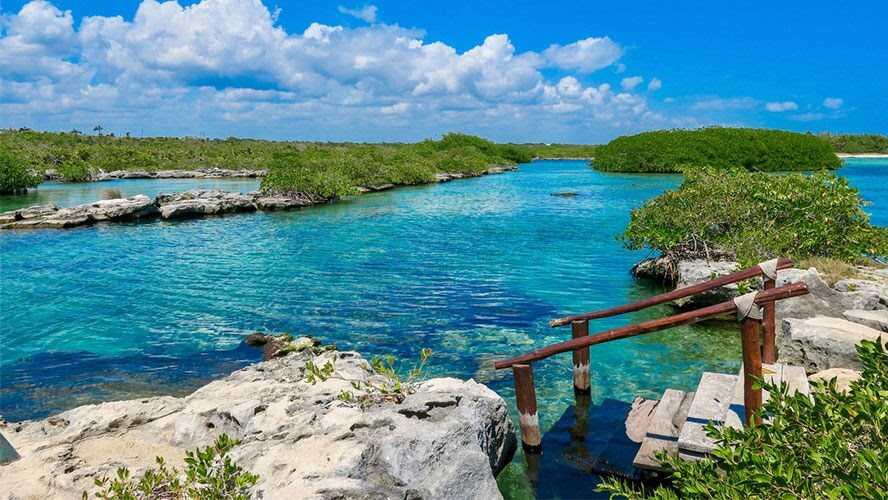
Just 20 minutes south of Cancún, Puerto Morelos is known for its protected reef and peaceful atmosphere. Submarine water eyes have also been identified here, especially near the National Reef Park. Local dive guides often know the exact spots and can take you to explore them.
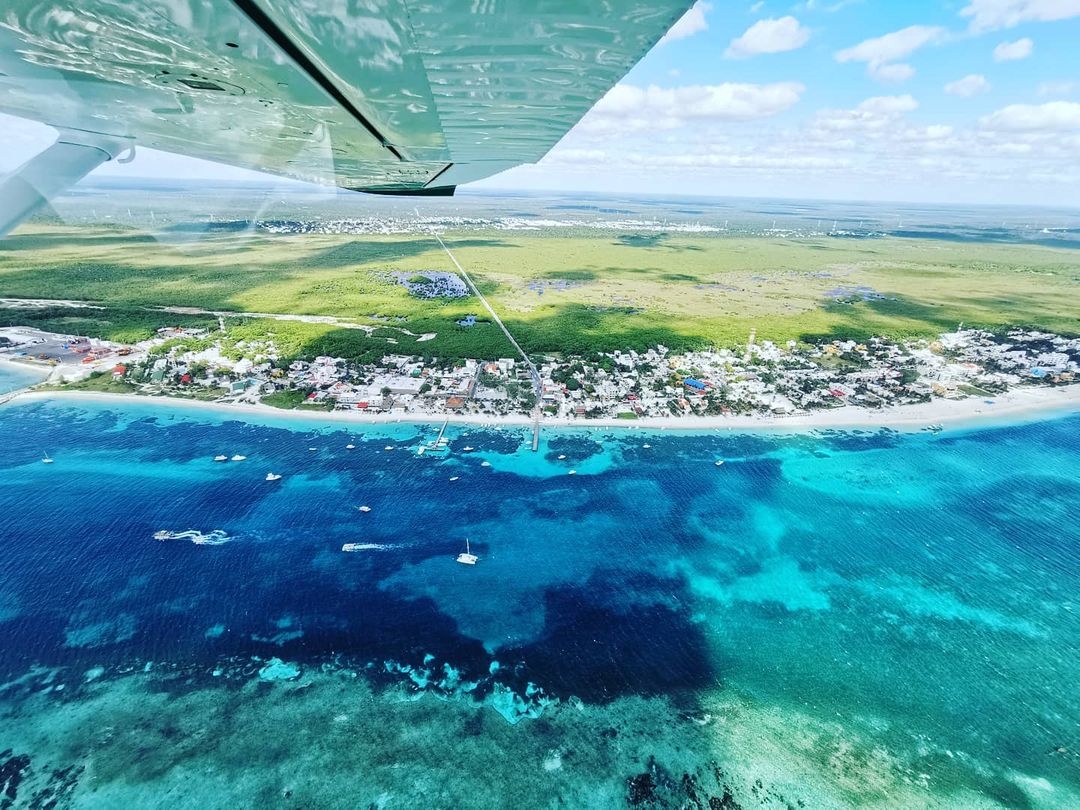
Though technically a cenote, this body of water connects directly to the sea through a system of underground rivers. Located near Tulum, it's an ideal spot to observe the mix of fresh and saltwater. The constant flow of freshwater toward the sea creates a permanent water eye at the coast.
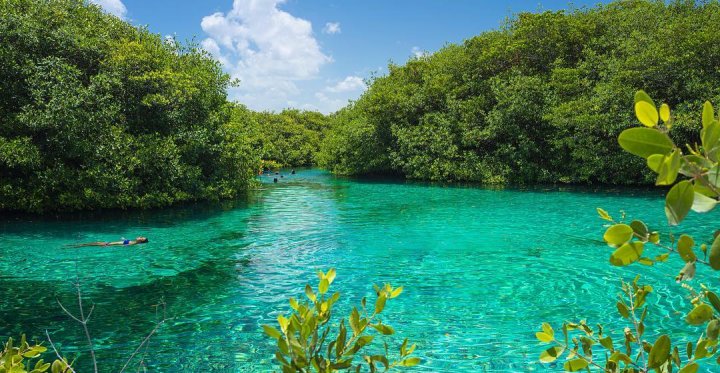
A few kilometers north of Tulum, this small inlet receives underground freshwater that flows into the sea, creating a unique area where you can swim in clear, cool water surrounded by nature.
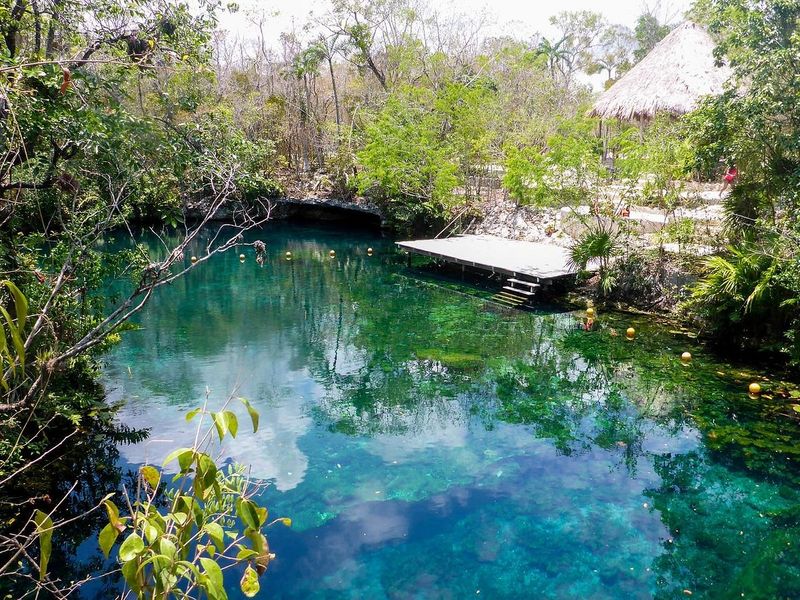
One of the most fascinating aspects of water eyes is the life they sustain. The mixture of fresh and saltwater, combined with the constant renewal of water, creates a special ecosystem known as a transitional habitat or estuarine environment.
Salinity levels vary depending on how close you are to the spring, so in some water eyes, you might see freshwater fish swimming alongside marine species.
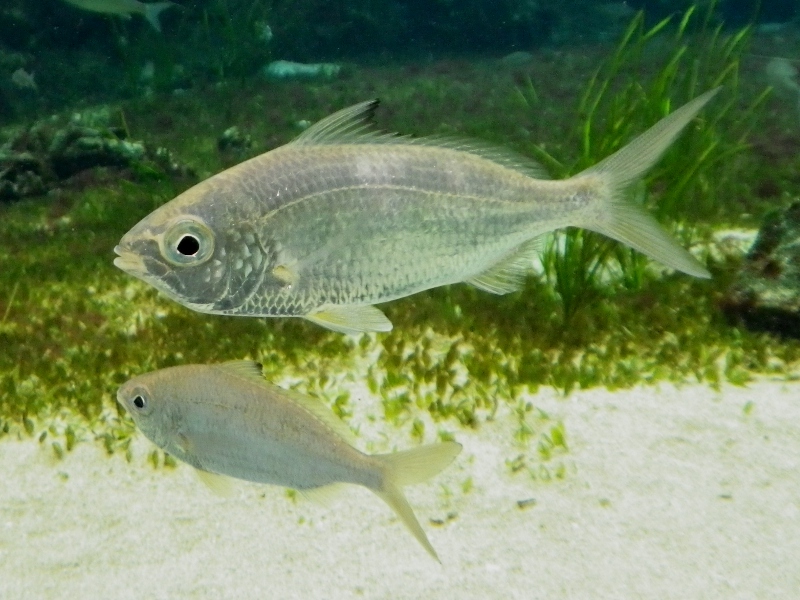
In areas like Akumal, green turtles and loggerheads are commonly found near water eyes, drawn by the underwater vegetation and calm waters.
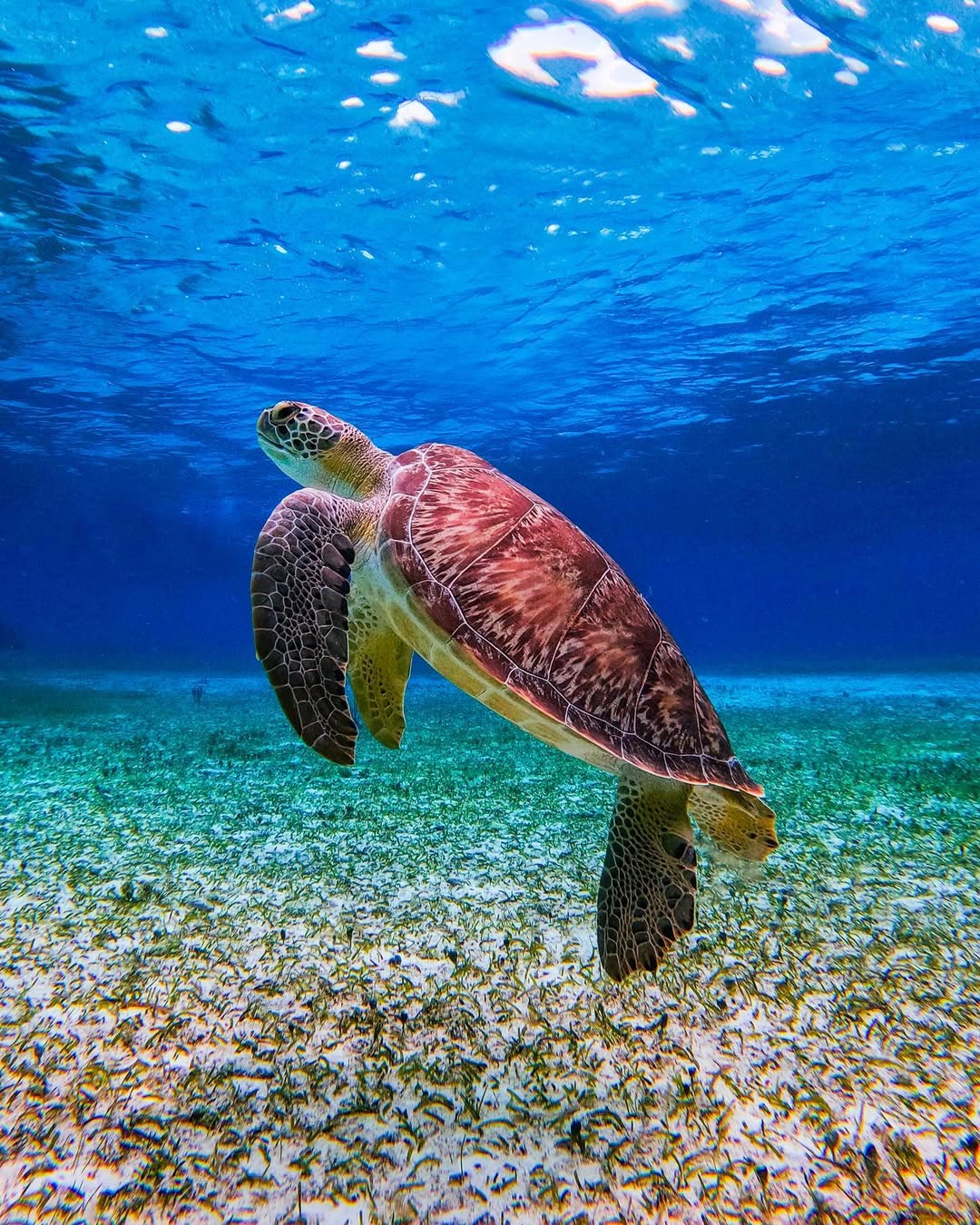
In places like Casa Cenote or Bacalar Lagoon (further south), manatees have been spotted. These gentle giants are attracted to the freshwater sources.
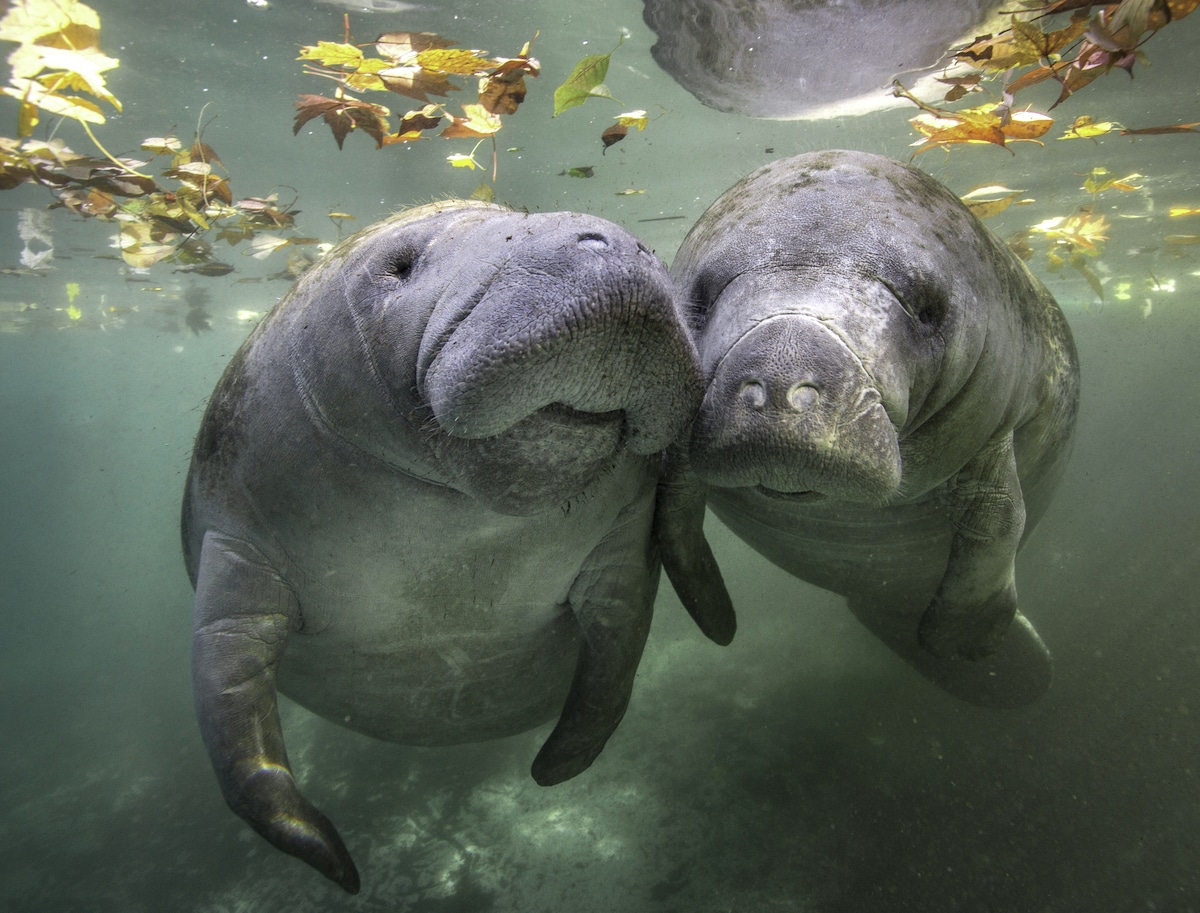
Freshwater shrimp and small crabs often seek shelter in these hybrid ecosystems, where there are fewer marine predators.
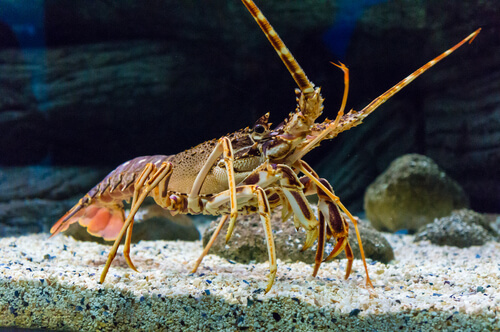
These plants provide food and shelter for many species and help oxygenate the water.
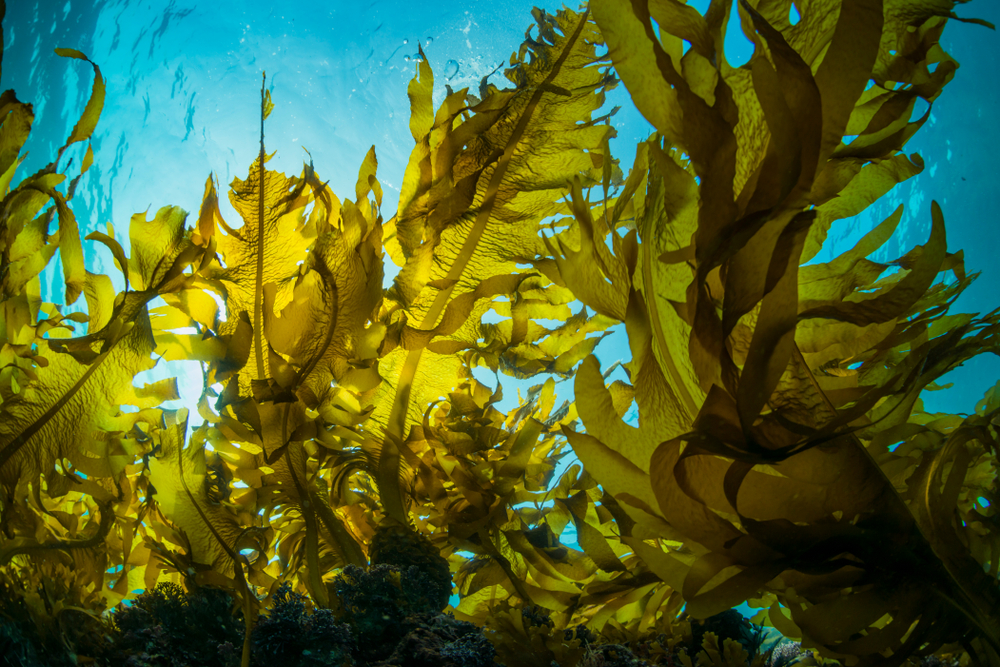
For swimmers and divers, exploring a water eye is a truly unique experience. In many cases, you can feel:
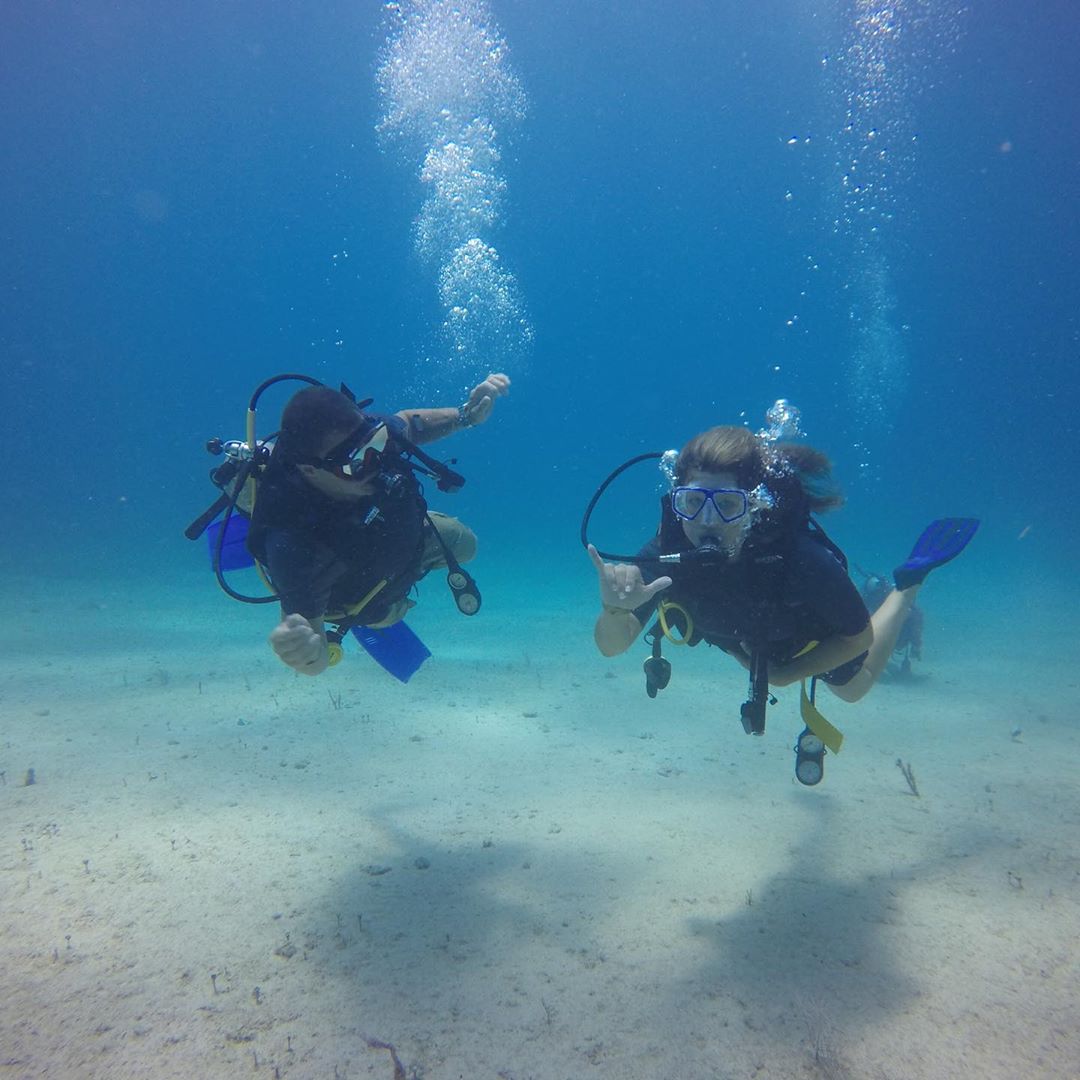
Beyond their beauty and tourist appeal, water eyes play a critical ecological role in the region:
They are also indicators of the health of the underground water system. If water eyes become polluted or disappear, it signals a deeper environmental imbalance.
Since many water eyes are fragile and connected to cenotes and underground rivers, it’s essential to follow sustainable tourism practices:
The water eyes in the Caribbean Sea are true portals to a hidden world beneath the surface. Connected to the vast network of cenotes and underground rivers in the Yucatán Peninsula, these submarine springs remind us of the natural richness still hidden along our coasts.
Visiting a water eye is not just a sensory adventure, but also a chance to connect deeply with nature. Cancún, Tulum, Akumal, and the entire Riviera Maya hold these treasures, just waiting to be discovered—with respect, curiosity, and awe
Ready to dive into an unforgettable adventure? Don’t wait — make your visit to Cancun a once-in-a-lifetime experience!
Facebook: Facebook
Instagram: Cancun Snorkeling (@cancunsnorkeling_) • Fotos y videos de Instagram
TikTok: Cancun Snorkeling (@cancun.snorkeling) | TikTok
.
My mother, (age 66), my self (42,) and my daughter (18) all went snorkeling together we had an awesome time. The guides were funny and had a lot of information. They...
In September 13, 2024Luis and the other tour guide (can’t remember the name sorry) were very nice and patient with everyone. They kept checking in on everyone to make sure no one got left...
In June 06, 2024Easy to get picked up and a great time snorkeling out in Puerto Morelos! Our guide and coral...
In April 25, 2024Our tour guides - Luis and Jesus - were amazing. They were very kind, patient and great at guiding us through the reefs. They would point out large aquatic life and...
In April 11, 2024We took our family of 9 on a snorkel trip with this company and had the best time! Our guides were super friendly and you could tell they love what they...
In February 29, 2024Our guides were amazing and definitely had a great time. I would recommend this to all my family and friends....
In February 29, 2024An amazing time seeing the reef! The staff were incredibly helpful and quick to point out...
In February 23, 2024The guides were great. Good time, had by all...
In February 22, 2024I have snorkeled at many locations, and this one near Puerto Morelos y undoubtedly one of the bests. Highly recommend...
In December 08, 2023They did an excellent job of taking care of everyone when we went snorkeling....
In December 03, 2023